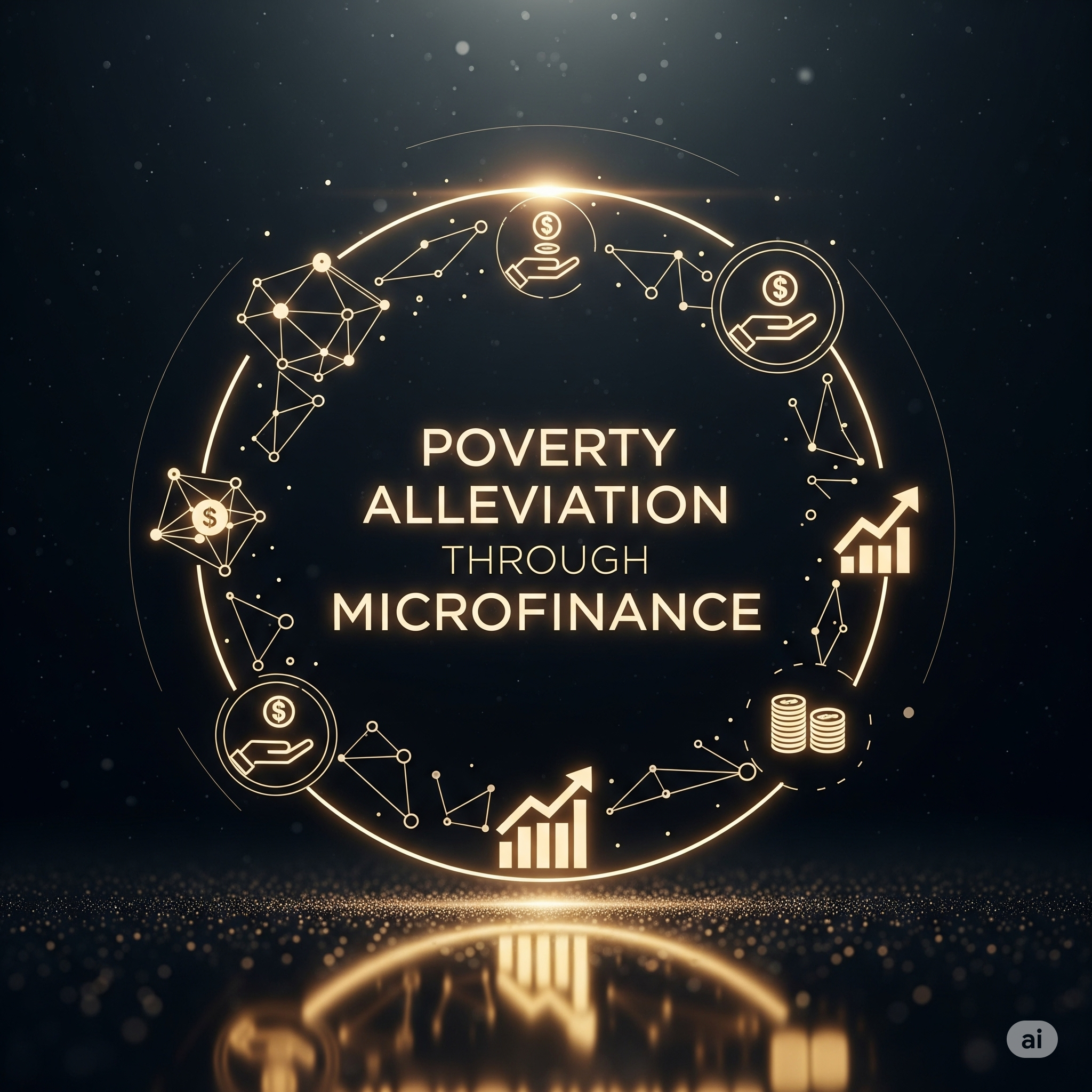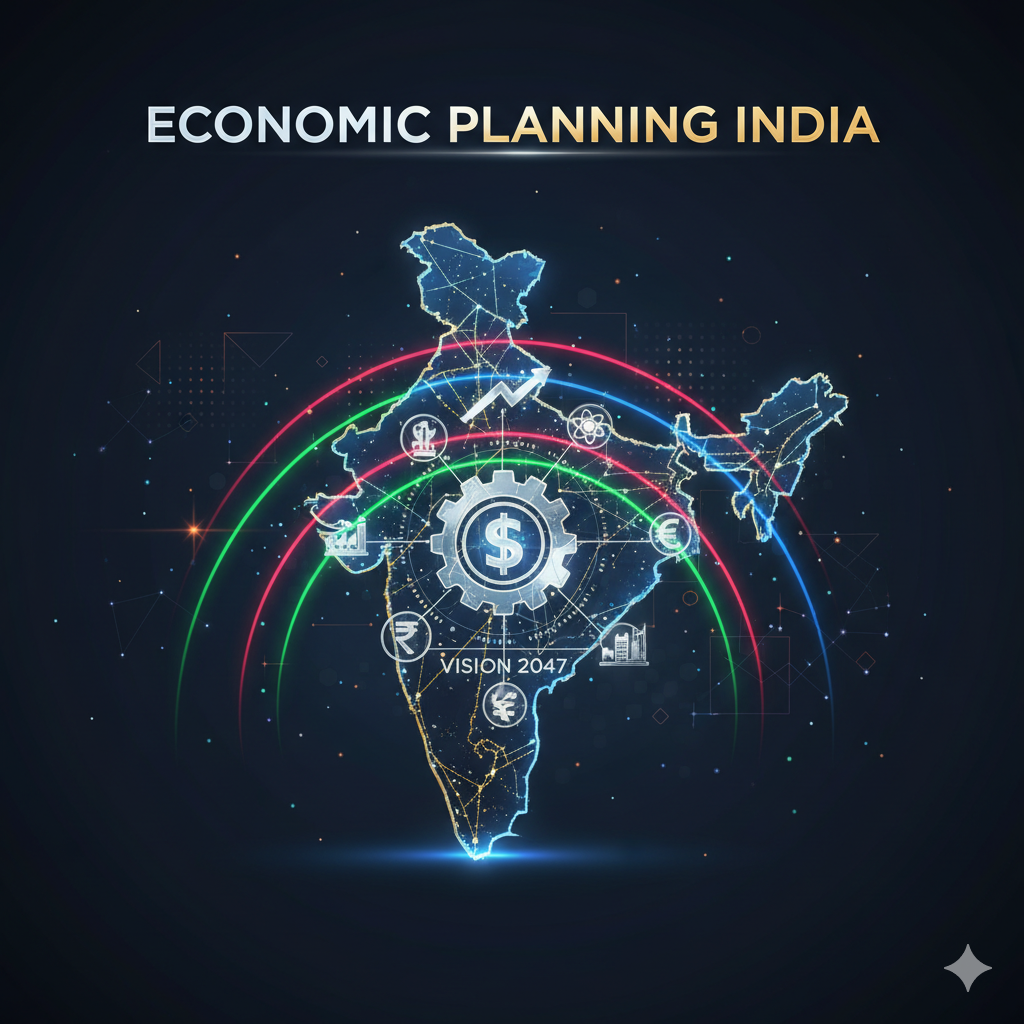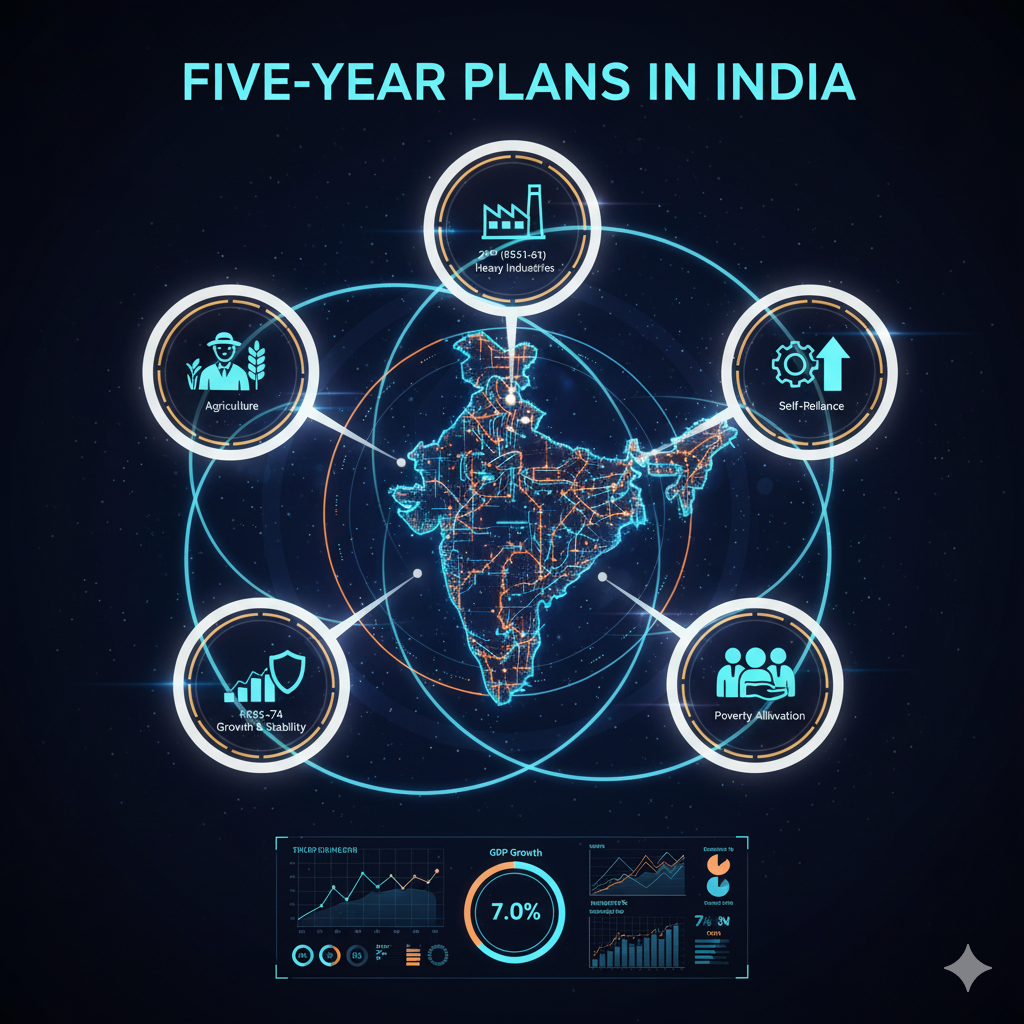Introduction
Poverty is one of the most pressing socio-economic challenges in developing countries, especially in nations like India, Bangladesh, Nepal, and several African states. Despite decades of development initiatives, poverty continues to persist in rural as well as urban areas due to structural inequalities, unemployment, lack of access to resources, and limited financial inclusion. Traditional approaches to poverty alleviation such as subsidies, welfare programs, and direct employment schemes have achieved mixed results.
In this context, microfinance emerged as an innovative tool to combat poverty by providing small loans, savings facilities, and other financial services to the poor, particularly women, who are otherwise excluded from the formal banking system. The idea of microfinance gained global recognition in the 1970s, largely due to the pioneering efforts of Dr. Muhammad Yunus in Bangladesh, who founded the Grameen Bank. Microfinance institutions (MFIs) have since grown to become important instruments for promoting financial inclusion, empowering marginalized communities, and reducing poverty.
This essay explores the concept of microfinance, its role in poverty alleviation, achievements, limitations, and the way forward.
Understanding Microfinance
Microfinance refers to the provision of a range of financial services—such as microcredit, microsavings, microinsurance, and remittances—to low-income individuals and households who lack access to traditional banking services. Unlike conventional loans, microfinance loans are small in size, have flexible repayment schedules, and often do not require collateral.
Key features of microfinance include:
- Small Loan Size – Loans are typically given in small amounts, ranging from a few hundred to a few thousand rupees/dollars, to meet immediate needs or start micro-enterprises.
- Group Lending Model – Loans are often disbursed to groups (Self-Help Groups or Joint Liability Groups), where peer pressure and mutual accountability reduce default risks.
- Focus on Women – A large proportion of microfinance clients are women, as they are considered more reliable borrowers and are more likely to use loans for household welfare and income generation.
- Collateral-Free Lending – Microfinance usually avoids collateral requirements, enabling access for the poorest sections of society.
- Capacity Building – MFIs often provide training, financial literacy, and skill development along with loans.
The Link between Microfinance and Poverty Alleviation
Poverty is multidimensional—it involves not just lack of income but also lack of access to health, education, housing, and social empowerment. Microfinance contributes to poverty alleviation through multiple channels:
- Income Generation
- Microloans help poor households start small businesses such as tailoring, handicrafts, food stalls, agriculture, poultry farming, and petty shops.
- These income-generating activities increase household earnings and reduce dependency on moneylenders.
- Women Empowerment
- Microfinance programs often target women, who are marginalized in terms of property rights, education, and employment.
- With financial resources, women gain decision-making power in households, leading to improved child nutrition, education, and health outcomes.
- Financial Inclusion
- Microfinance brings excluded communities into the formal financial system, offering them opportunities to save, borrow, and invest productively.
- Access to credit helps reduce the exploitation of poor families by local moneylenders charging exorbitant interest.
- Asset Creation
- Loans help households purchase productive assets such as sewing machines, livestock, or land improvements.
- Asset ownership reduces vulnerability and provides long-term economic security.
- Social Development
- Beyond economic benefits, microfinance programs promote collective action, solidarity, and community development.
- Self-Help Groups (SHGs) often act as platforms for social awareness, literacy campaigns, and collective bargaining.
Microfinance in India: An Overview
India has one of the largest microfinance sectors in the world, with a diverse set of actors, including:
- Self-Help Groups (SHGs) – Formed by 10–20 members, mostly women, pooling savings and accessing loans through linkages with banks. The SHG-Bank Linkage Program (SBLP) initiated by NABARD in 1992 has been the backbone of microfinance in India.
- Microfinance Institutions (MFIs) – Non-banking financial companies (NBFC-MFIs), societies, and NGOs that directly provide microloans.
- Government Schemes – Schemes like National Rural Livelihoods Mission (NRLM) promote SHGs and provide credit linkages.
- Banks – Both public and private sector banks are active in microfinance lending through priority sector obligations.
As of recent data, over 10 crore women in India are part of SHGs. Microfinance has become a significant tool in rural development, poverty alleviation, and women’s empowerment in India.
Case Studies of Microfinance Success
- Grameen Bank (Bangladesh)
- Established in 1976, it pioneered the concept of collateral-free group lending.
- Over 90% of its borrowers are women.
- It has lifted millions of families out of poverty, inspiring microfinance movements worldwide.
- Self-Employed Women’s Association (SEWA), India
- SEWA Bank provides financial services to women working in the informal sector.
- Women save regularly and borrow for business, housing, and education.
- Bandhan Bank (India)
- Started as an NGO providing microloans, Bandhan has grown into a full-fledged bank with a focus on financial inclusion.
These cases highlight how microfinance initiatives, when effectively managed, can significantly impact poverty reduction.
Criticism and Challenges of Microfinance
While microfinance has shown significant potential, it is not a silver bullet for poverty alleviation. Several challenges exist:
- Over-Indebtedness
- In many regions, borrowers take multiple loans from different MFIs, leading to debt traps.
- Excessive lending without proper monitoring can worsen financial vulnerability.
- High Interest Rates
- Despite being lower than moneylenders, interest rates charged by MFIs (20–30% annually) are still high for poor borrowers.
- This raises questions about sustainability and exploitation.
- Loan Utilization Issues
- Sometimes, loans are not invested in productive activities but used for consumption or social obligations, reducing impact on poverty.
- Sometimes, loans are not invested in productive activities but used for consumption or social obligations, reducing impact on poverty.
- Limited Impact on Structural Poverty
- Microfinance can improve income marginally but cannot address structural issues like unemployment, lack of education, healthcare, and inequality.
- Microfinance can improve income marginally but cannot address structural issues like unemployment, lack of education, healthcare, and inequality.
- Regulatory Challenges
- The microfinance sector has faced crises, such as the 2010 Andhra Pradesh microfinance crisis in India, where coercive loan recovery methods led to borrower suicides.
Government and Policy Measures in India
The Indian government and regulatory bodies have taken several measures to strengthen microfinance:
- Microfinance Institutions (Development and Regulation) Bill – Aimed at regulating MFIs and protecting borrowers.
- NABARD Initiatives – NABARD supports SHGs, credit linkages, and capacity building.
- Priority Sector Lending – Banks are mandated to lend to weaker sections, supporting financial inclusion.
- Digital Microfinance – Mobile banking and fintech are increasingly being integrated to ensure transparency and reduce costs.
Future of Microfinance in Poverty Alleviation
To enhance the role of microfinance in poverty alleviation, several steps are essential:
- Integrating Microfinance with Social Development – Linking microfinance with education, health, and skill development programs.
- Strengthening Financial Literacy – Educating borrowers on productive use of loans and financial planning.
- Use of Technology – Mobile banking, digital wallets, and Aadhaar-based authentication can make microfinance more accessible and cost-effective.
- Diversification of Services – Expanding beyond credit to include insurance, pensions, and savings products.
- Responsible Lending Practices – Ensuring ethical loan recovery methods, monitoring borrower indebtedness, and setting fair interest rates.
Conclusion
Microfinance has proven to be an innovative and effective tool for poverty alleviation, financial inclusion, and women’s empowerment. By providing the poor with access to credit and financial services, microfinance enables them to engage in income-generating activities, build assets, and improve their standard of living.
However, microfinance alone cannot eliminate poverty—it must be integrated with broader strategies such as skill development, education, healthcare, and social protection. While it has empowered millions of families, ensuring sustainability, responsible practices, and social integration is key to its long-term success.
Thus, microfinance remains an important pillar in the global fight against poverty, especially when combined with holistic development initiatives.




